Home>Gardening & Outdoor>Landscaping Ideas>How To Grow Grass In Bald Spots
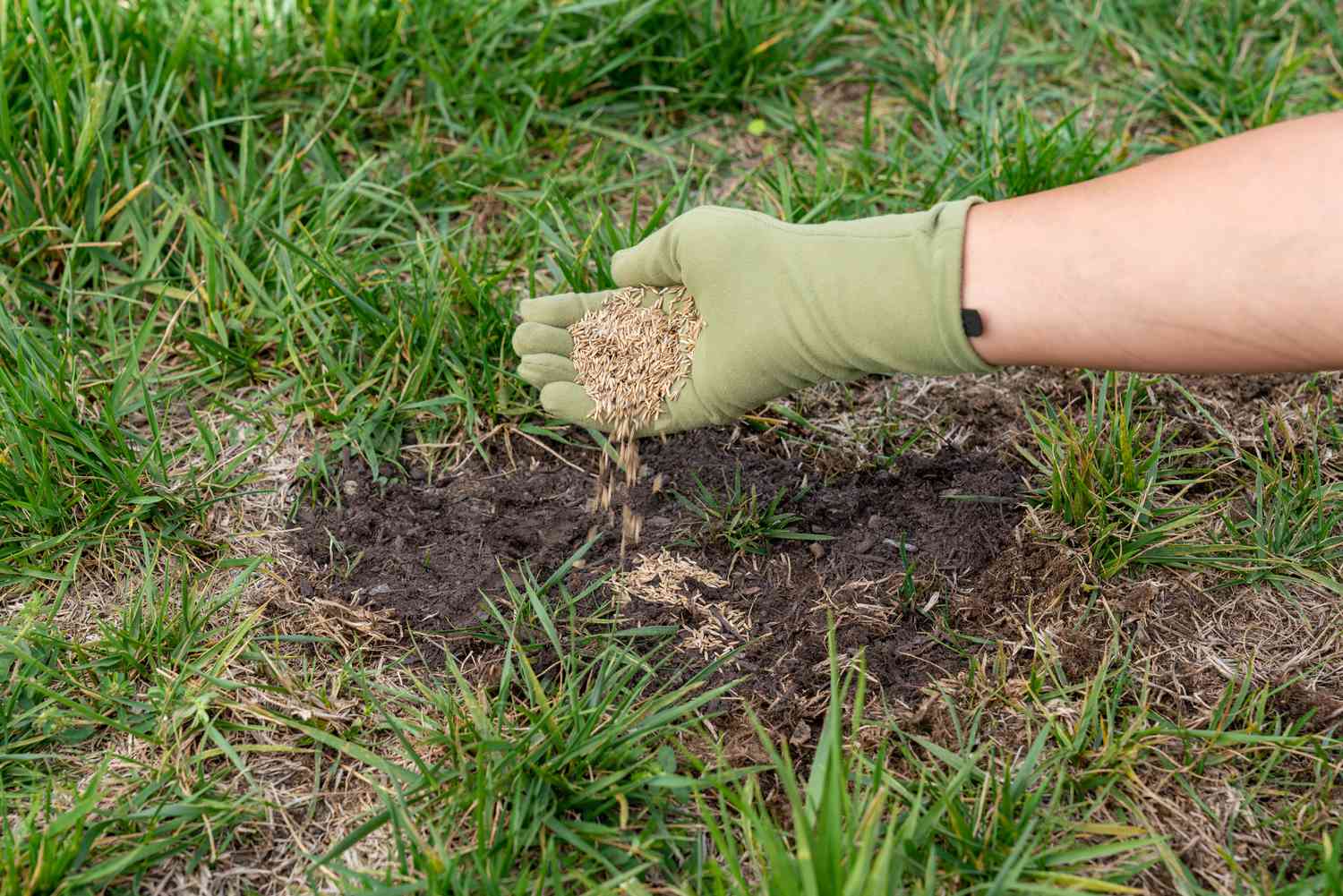

Landscaping Ideas
How To Grow Grass In Bald Spots
Modified: August 17, 2024
Learn effective landscaping ideas to grow grass in bald spots and transform your lawn. Discover expert tips and techniques for lush, green grass.
(Many of the links in this article redirect to a specific reviewed product. Your purchase of these products through affiliate links helps to generate commission for Storables.com, at no extra cost. Learn more)
Introduction
Welcome to the ultimate guide on how to transform those unsightly bald spots in your lawn into lush, green expanses of grass. Dealing with bald spots can be a frustrating challenge for any homeowner or landscaper, but with the right approach, you can rejuvenate your lawn and restore its natural beauty.
In this comprehensive guide, we will explore the step-by-step process of growing grass in bald spots, from assessing the underlying causes to selecting the appropriate grass seed, preparing the soil, planting the seed, and providing the necessary care to ensure successful growth. By following these methods, you can achieve a vibrant and uniform lawn that enhances the aesthetic appeal of your outdoor space.
Whether you’re a novice gardener or a seasoned landscaping enthusiast, this guide is designed to equip you with the knowledge and techniques needed to tackle bald spots effectively. Let’s embark on this green journey together and breathe new life into your lawn!
Key Takeaways:
- Assess the causes of bald spots, choose the right grass seed, prepare the soil, plant the seed, and provide proper care to transform your lawn into a lush, green oasis.
- Regular maintenance, including mowing, watering, aeration, and pest management, is essential for nurturing the new grass and ensuring a vibrant and resilient lawn.
Read more: Why Grass Won’t Grow In Certain Spots
Assessing the Bald Spots
Before diving into the process of growing grass in bald spots, it’s essential to assess the underlying causes of the bare patches in your lawn. Several factors can contribute to the development of bald spots, and understanding these issues is crucial for implementing targeted solutions.
Start by identifying the potential causes of the bald spots. Common culprits include heavy foot traffic, pet urine, lawn diseases, compacted soil, inadequate sunlight, and poor drainage. By closely examining the affected areas, you can gain valuable insights into the specific challenges that need to be addressed.
Once you’ve pinpointed the causes, consider the size and shape of the bald spots. Are they small, isolated patches, or do they form larger, interconnected areas? Understanding the extent of the damage will help you determine the amount of grass seed and soil preparation required for effective coverage.
Furthermore, evaluate the surrounding vegetation and soil quality. Take note of any overhanging trees or shrubs that may be casting excessive shade, as this can hinder grass growth. Additionally, assess the soil texture and drainage to identify any potential issues that could impede the establishment of new grass.
By conducting a thorough assessment of the bald spots, you can tailor your approach to address the specific challenges at hand. This proactive step sets the stage for successful grass growth and ensures that your efforts yield long-lasting results. With a clear understanding of the underlying issues, you can proceed to the next crucial steps in the process of revitalizing your lawn.
Choosing the Right Grass Seed
When it comes to rejuvenating bald spots in your lawn, selecting the appropriate grass seed is a pivotal decision that significantly influences the outcome of your efforts. The ideal grass seed should align with the local climate, soil conditions, and the level of maintenance you can commit to.
Begin by researching the types of grass that thrive in your specific region. Consider factors such as temperature range, precipitation levels, and sun exposure to identify grass varieties that are well-suited to the local climate. Cool-season grasses, including Kentucky bluegrass and fescue, flourish in regions with moderate temperatures, while warm-season grasses like Bermuda grass and Zoysia grass are better suited to hotter climates.
Next, assess the soil conditions in your lawn to determine the most compatible grass species. Some grasses prefer well-drained soil, while others can tolerate compacted or clay-rich soil. Understanding the soil composition will guide you in selecting grass seed that can adapt to the existing conditions and thrive in the designated areas.
Consider the intended use of the lawn when choosing grass seed. If the bald spots are in high-traffic areas, opt for durable, wear-resistant grass varieties that can withstand frequent foot activity. For shaded areas, select shade-tolerant grass species that can thrive despite limited sunlight exposure.
Furthermore, evaluate the maintenance requirements of different grass types. Some varieties demand regular mowing, fertilization, and watering, while others are more low-maintenance. By aligning the grass seed selection with your maintenance capabilities and preferences, you can establish a sustainable and manageable lawn care routine.
Ultimately, the goal is to choose grass seed that not only addresses the specific challenges presented by the bald spots but also contributes to a cohesive and visually appealing overall lawn. By carefully considering the climate, soil conditions, usage patterns, and maintenance needs, you can make an informed decision that sets the stage for successful grass growth and a thriving, uniform lawn.
Preparing the Soil
Effective soil preparation is a critical precursor to successful grass growth in bald spots. By optimizing the soil conditions, you create an ideal environment for the germination and establishment of grass seed, setting the stage for healthy and robust lawn coverage.
Begin by clearing the bald spots of any debris, rocks, or existing vegetation that may impede the growth of new grass. Use a rake or garden hoe to level the soil surface, ensuring a uniform and smooth foundation for the upcoming seeding process.
Next, aerate the soil to alleviate compaction and promote better air and water penetration. Compacted soil can hinder root development and water absorption, inhibiting the growth of new grass. Utilize a handheld or mechanical aerator to perforate the soil, creating channels for improved airflow and nutrient uptake.
Once the soil is adequately aerated, consider incorporating organic matter such as compost or peat moss to enrich the soil. Organic amendments enhance soil structure, moisture retention, and nutrient availability, providing an optimal substrate for grass seed germination and root development.
After amending the soil, it’s crucial to perform a soil test to assess its pH level and nutrient content. Soil testing kits are readily available and can provide valuable insights into any deficiencies or imbalances that may hamper grass growth. Based on the test results, adjust the soil pH and supplement with fertilizers as needed to create an optimal growing environment for the new grass.
Finally, gently rake the soil to create a fine, crumbly texture that facilitates seed-to-soil contact. This ensures that the grass seed makes intimate contact with the soil, promoting germination and root establishment. The prepared soil bed is now primed to support the successful growth of grass in the previously barren areas.
By diligently preparing the soil, you lay the groundwork for a thriving lawn that exhibits uniform and vigorous grass coverage. This essential step maximizes the potential for successful grass establishment and sets the stage for a visually stunning and resilient lawn landscape.
Choose the right grass seed for the bald spot, prepare the soil by loosening it and removing debris, spread the seed evenly, water regularly, and protect the area from foot traffic until the grass is established.
Planting the Grass Seed
With the soil meticulously prepared, it’s time to embark on the pivotal step of planting the grass seed in the bald spots. This phase requires precision and attention to detail to ensure optimal seed-to-soil contact and create favorable conditions for germination and establishment.
Begin by selecting high-quality grass seed that aligns with the specific requirements of the bald spots, considering factors such as sunlight exposure, soil type, and intended usage. Opt for a reputable seed blend that combines different grass varieties to enhance resilience and adaptability in diverse environmental conditions.
When sowing the grass seed, aim for even coverage to promote uniform growth and density. Use a handheld spreader or a mechanical seeder to disperse the seed evenly across the prepared soil surface. Pay close attention to the recommended seeding rate provided on the seed packaging to achieve the desired grass density.
After spreading the seed, gently rake the soil to incorporate the seed into the top layer, ensuring intimate contact with the soil. Lightly pressing or rolling the seeded areas can further enhance seed-to-soil contact, facilitating the germination process and encouraging robust root development.
Once the seed is in place, cover the seeded areas with a thin layer of straw or mulch to protect the seeds from birds, wind, and excessive sunlight. This protective layer helps retain moisture and provides a conducive microclimate for germination while safeguarding the seeds from external disturbances.
Following the seeding process, water the newly planted areas with a gentle spray to moisten the soil without causing erosion or displacing the seeds. Maintain consistent moisture levels in the soil to support germination, adjusting the watering frequency based on environmental conditions and seedling emergence.
As the grass seed begins to germinate and the seedlings emerge, continue to monitor the moisture levels and protect the young plants from excessive foot traffic or disturbances. With proper care and attention, the newly planted grass seed will take root and gradually establish a lush and verdant coverage in the previously barren spots.
By diligently executing the planting process, you set the stage for the successful germination and growth of new grass, paving the way for a revitalized and visually appealing lawn landscape.
Read more: How To Grow Bald Cypress From Seed
Watering and Fertilizing
Proper watering and fertilizing are essential components of nurturing the newly planted grass seed in bald spots, fostering healthy growth and fortifying the establishment of a vibrant lawn. By implementing a well-calibrated watering regimen and providing targeted fertilization, you can optimize the conditions for robust grass development and long-term resilience.
Upon planting the grass seed, initiate a consistent watering schedule to maintain adequate soil moisture for germination and early seedling growth. Aim to keep the soil evenly moist, avoiding excessive saturation or prolonged dry spells. A gentle and frequent watering approach facilitates the emergence of seedlings and supports their initial establishment.
As the grass seedlings mature, gradually transition to a deeper, less frequent watering routine to encourage the development of strong and resilient root systems. Deep watering promotes downward root growth, enhancing the plants’ ability to access water and nutrients from the soil and increasing their overall drought tolerance.
Simultaneously, consider the application of a balanced, slow-release fertilizer to provide the young grass with essential nutrients for vigorous growth. Select a fertilizer specifically formulated for new seedlings, and apply it according to the manufacturer’s guidelines to avoid over-fertilization, which can be detrimental to the delicate grass at this stage.
Periodic fertilization throughout the growing season can further bolster the health and vitality of the newly established grass, promoting lush foliage and robust root development. Tailor the fertilization schedule to align with the specific needs of the grass species and the prevailing soil conditions, ensuring that the nutrients are readily available to support sustained growth.
As the grass matures and fills in the bald spots, continue to monitor the soil moisture levels and adjust the watering frequency based on the weather patterns and the grass’s evolving needs. Consistent and attentive watering, coupled with strategic fertilization, fosters a resilient and luxuriant lawn that enhances the overall aesthetic appeal of your outdoor space.
By implementing a well-informed approach to watering and fertilizing, you provide the essential support necessary for the successful establishment and flourishing growth of the newly planted grass, transforming the bald spots into thriving green expanses that enrich your landscape.
Maintaining the New Grass
Once the newly planted grass has taken root and begun to flourish in the previously barren spots, ongoing maintenance is crucial to ensure its continued health and vitality. By implementing a comprehensive care regimen, you can nurture the new grass, promote uniform growth, and safeguard its resilience against potential stressors.
Regular mowing is an integral aspect of maintaining the new grass, promoting a dense and uniform lawn appearance. Adjust the mower height to the recommended level for the specific grass species, ensuring that you do not remove more than one-third of the grass blade in a single mowing session. Consistent mowing encourages lateral growth and strengthens the grass’s tolerance to foot traffic and environmental pressures.
As the grass matures, continue to monitor its moisture needs, adjusting the watering schedule to align with seasonal changes and precipitation patterns. Deep, infrequent watering encourages robust root development and enhances the grass’s ability to withstand drought conditions, contributing to its long-term sustainability.
Periodic aeration of the lawn promotes soil aeration, reduces compaction, and enhances nutrient uptake, fostering a conducive environment for the continued health and vigor of the grass. Core aeration, conducted with specialized equipment, facilitates air and water penetration into the soil, supporting optimal root growth and overall grass resilience.
Regular fertilization is essential for replenishing vital nutrients and sustaining the grass’s lush and vibrant appearance. Select a balanced fertilizer and apply it according to the recommended schedule, considering the specific needs of the grass species and the prevailing soil conditions. Thoughtful fertilization contributes to the grass’s overall vigor and endurance.
Vigilance against weeds, pests, and diseases is paramount in safeguarding the new grass’s well-being. Monitor the lawn for signs of weed encroachment, insect infestations, or fungal diseases, and promptly address any issues to prevent them from compromising the grass’s growth and visual appeal.
By integrating these maintenance practices into your lawn care routine, you can nurture the new grass to maturity, fostering a vibrant and resilient lawn landscape that enriches your outdoor environment. Consistent and attentive maintenance ensures that the once-bare spots are transformed into flourishing, verdant expanses that contribute to the overall beauty and allure of your lawn.
Conclusion
Congratulations on embarking on the journey to rejuvenate your lawn and transform those unsightly bald spots into flourishing green oases. By following the comprehensive steps outlined in this guide, you have equipped yourself with the knowledge and techniques necessary to revitalize your outdoor space and cultivate a vibrant and uniform lawn.
Assessing the underlying causes of the bald spots provided valuable insights into the specific challenges at hand, enabling you to tailor your approach and implement targeted solutions. Choosing the right grass seed, guided by considerations such as climate, soil conditions, and maintenance preferences, set the stage for successful grass growth that harmonizes with your local environment.
Thorough soil preparation created an optimal foundation for the new grass, fostering an environment conducive to germination and robust root development. Planting the grass seed with precision and care, followed by attentive watering and strategic fertilization, nurtured the young grass and propelled its growth in the previously barren areas.
As the grass matured, diligent maintenance practices, including mowing, watering, aeration, and vigilant pest and disease management, safeguarded its health and vitality, ensuring the long-term sustainability of your rejuvenated lawn.
Through your dedication and commitment to the well-being of your outdoor space, you have successfully revitalized your lawn, turning the once-bare spots into thriving, verdant expanses that enhance the visual appeal and allure of your landscape. The lush and uniform grass coverage serves as a testament to your efforts and exemplifies the transformative power of thoughtful and informed lawn care.
As you revel in the beauty of your revitalized lawn, take pride in the impact of your meticulous care and the enduring charm it bestows upon your outdoor environment. Embrace the joy of a vibrant and flourishing lawn, and continue to nurture its growth, knowing that your commitment has created a captivating and inviting outdoor sanctuary for all to enjoy.
With these proven methods and a steadfast dedication to nurturing your lawn, you can look forward to a future filled with lush, green expanses that elevate the aesthetic appeal and tranquility of your outdoor living space.
Frequently Asked Questions about How To Grow Grass In Bald Spots
Was this page helpful?
At Storables.com, we guarantee accurate and reliable information. Our content, validated by Expert Board Contributors, is crafted following stringent Editorial Policies. We're committed to providing you with well-researched, expert-backed insights for all your informational needs.
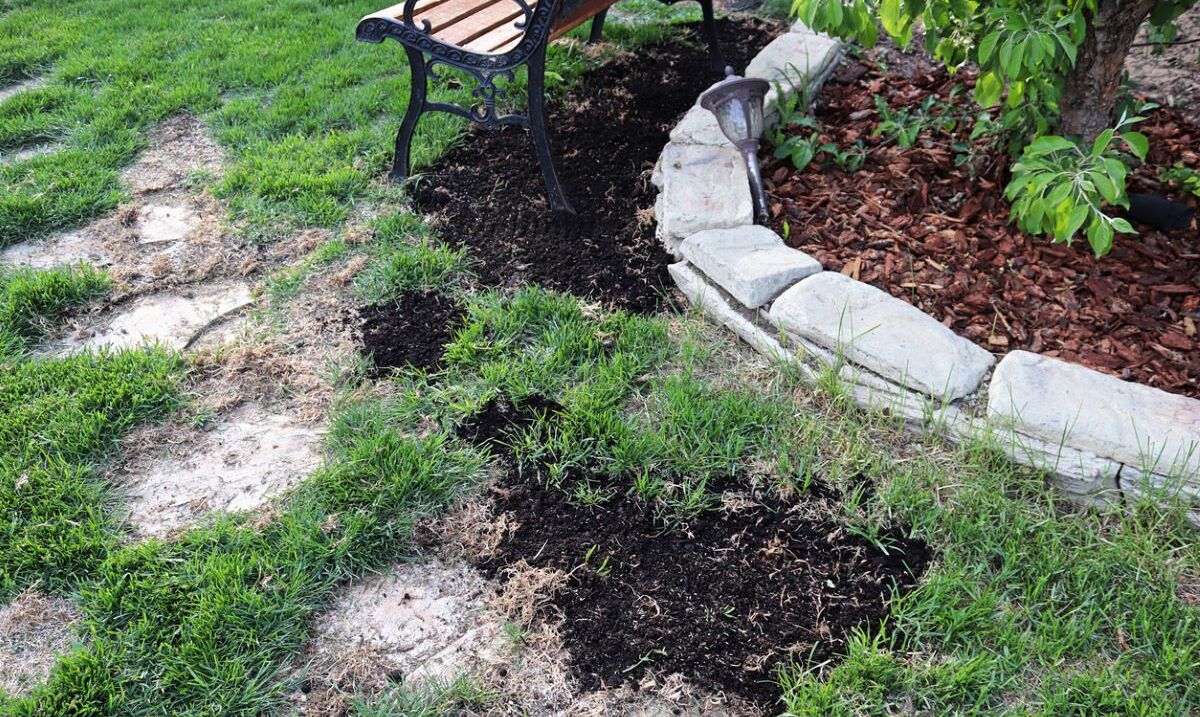
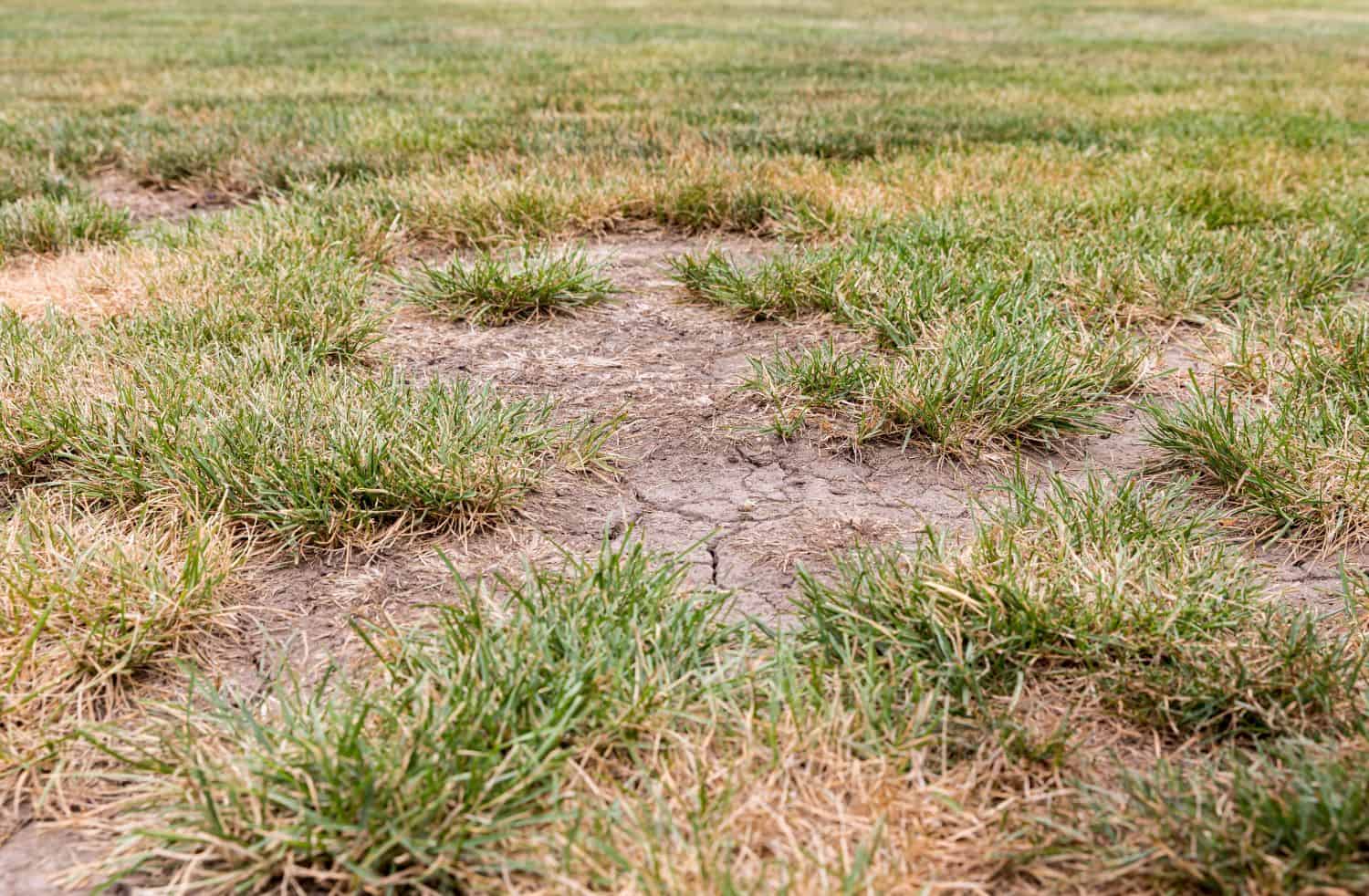
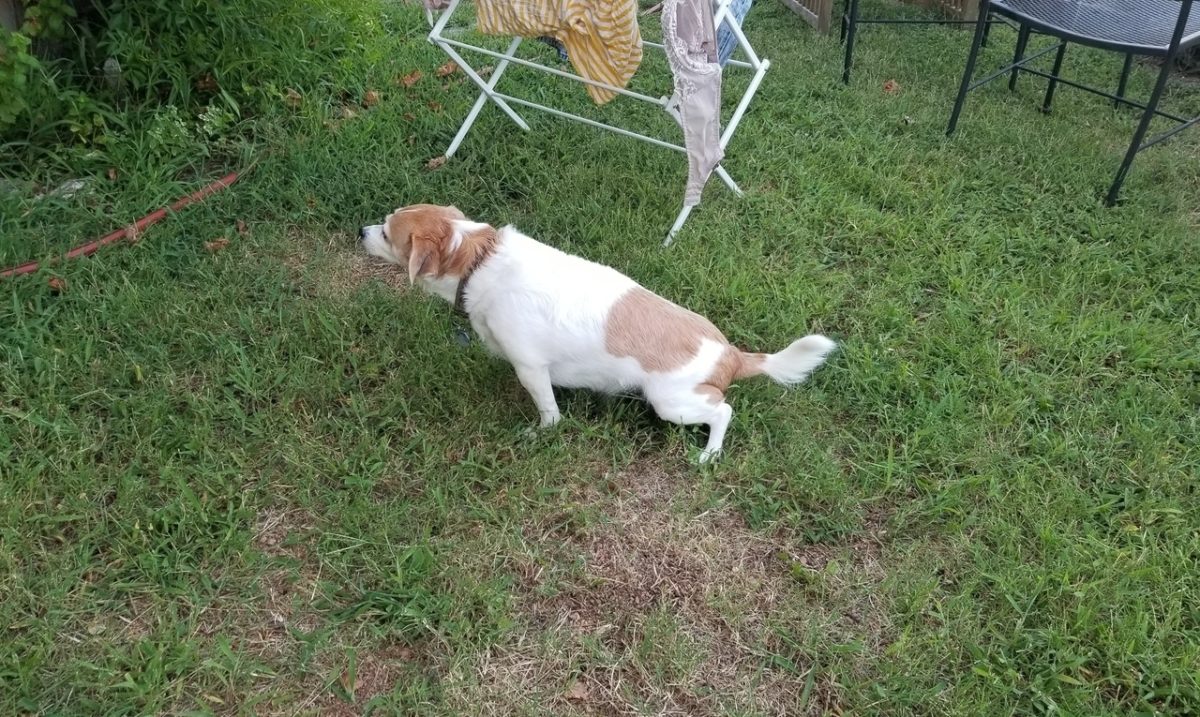
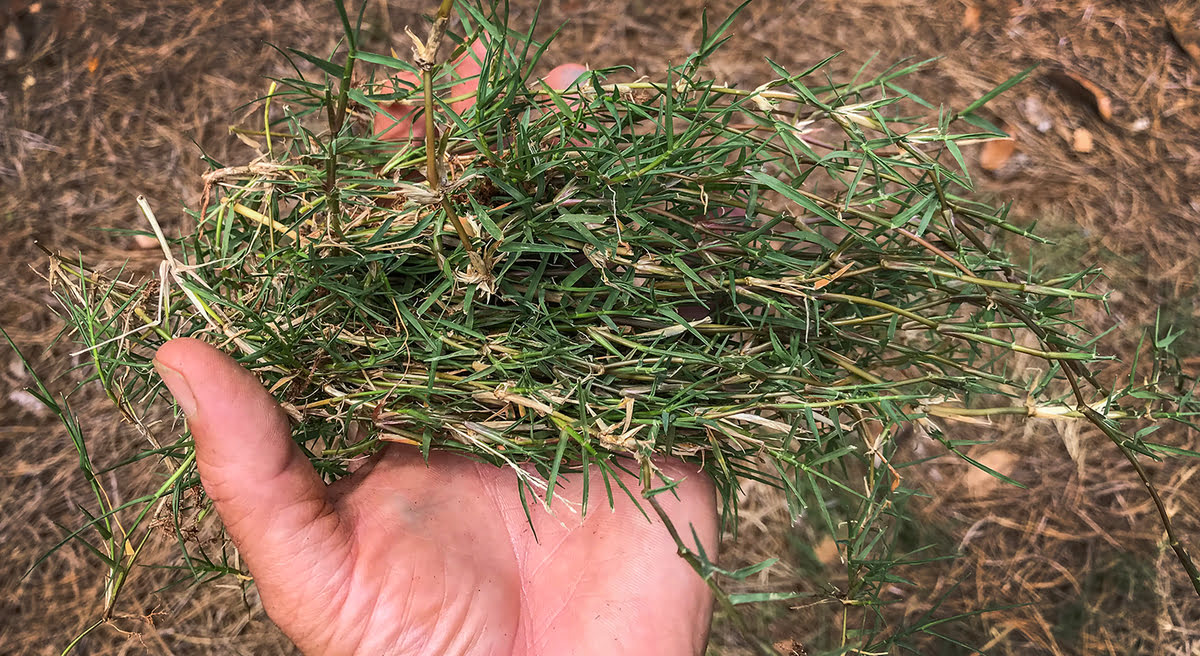
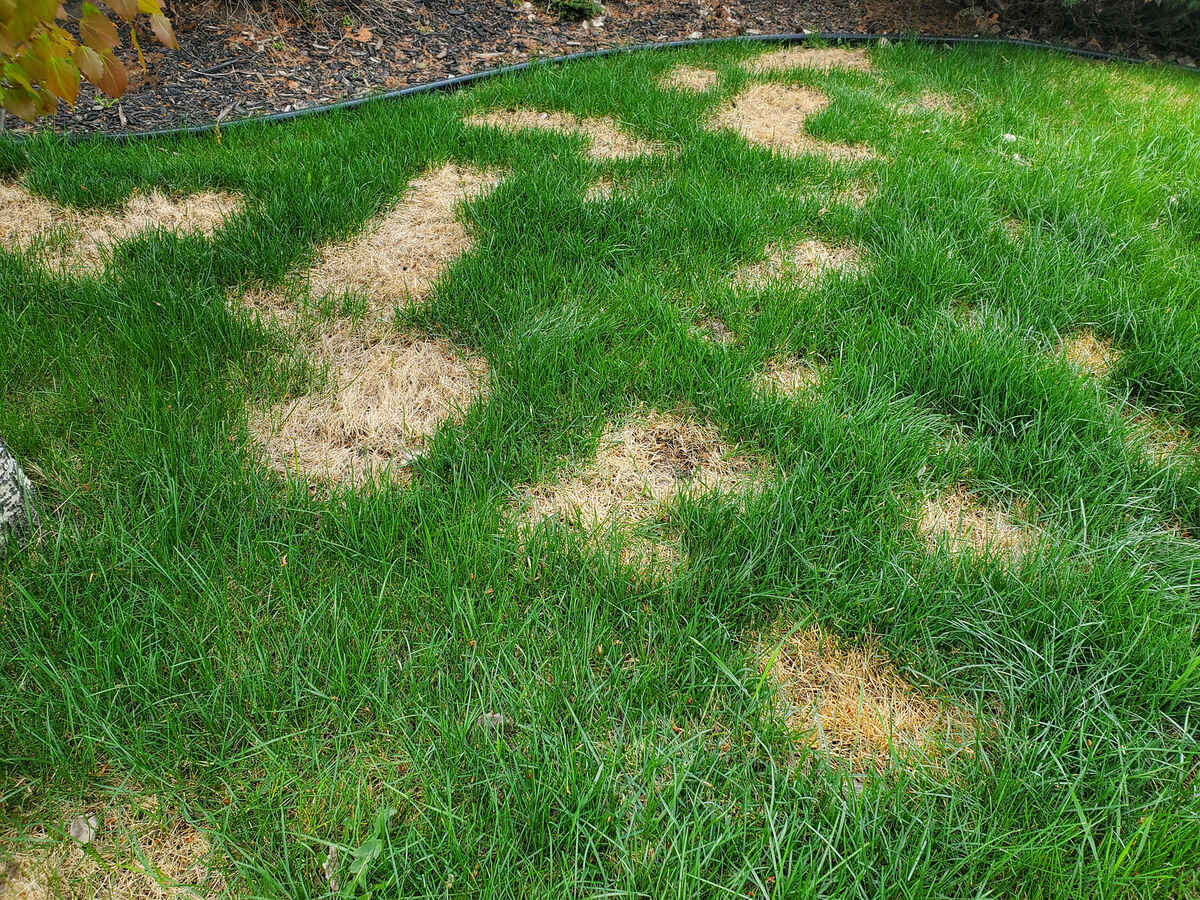
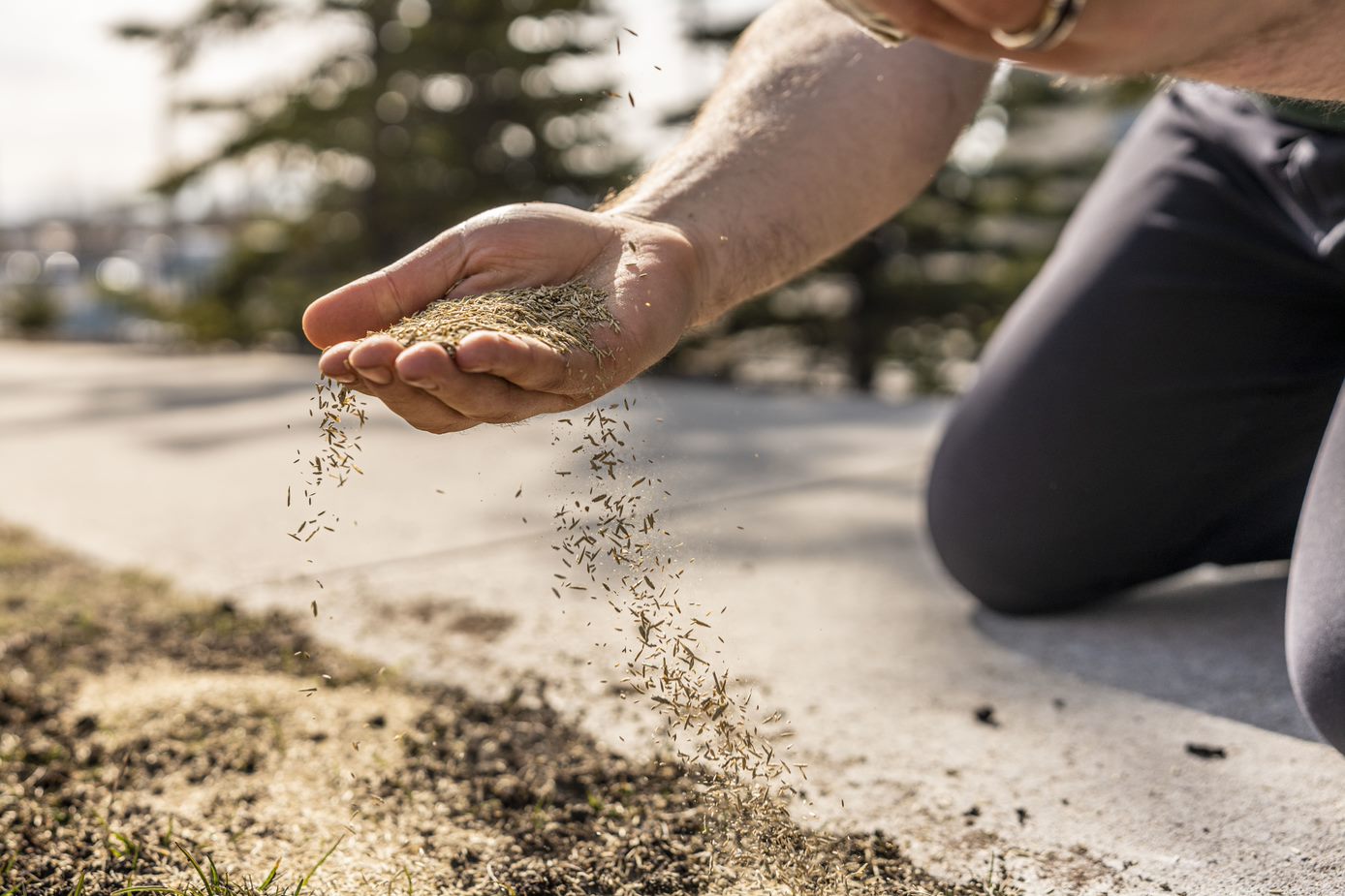
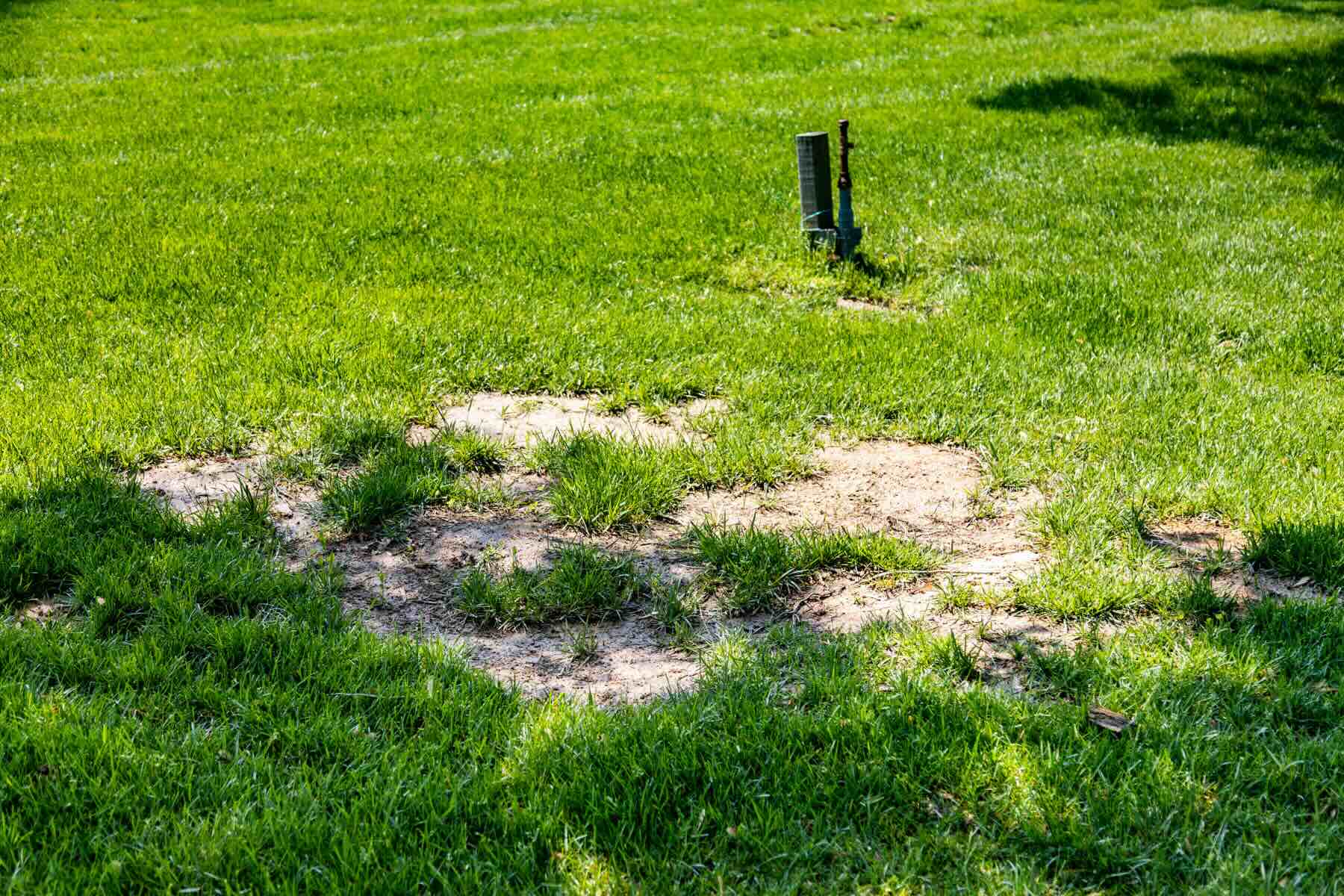
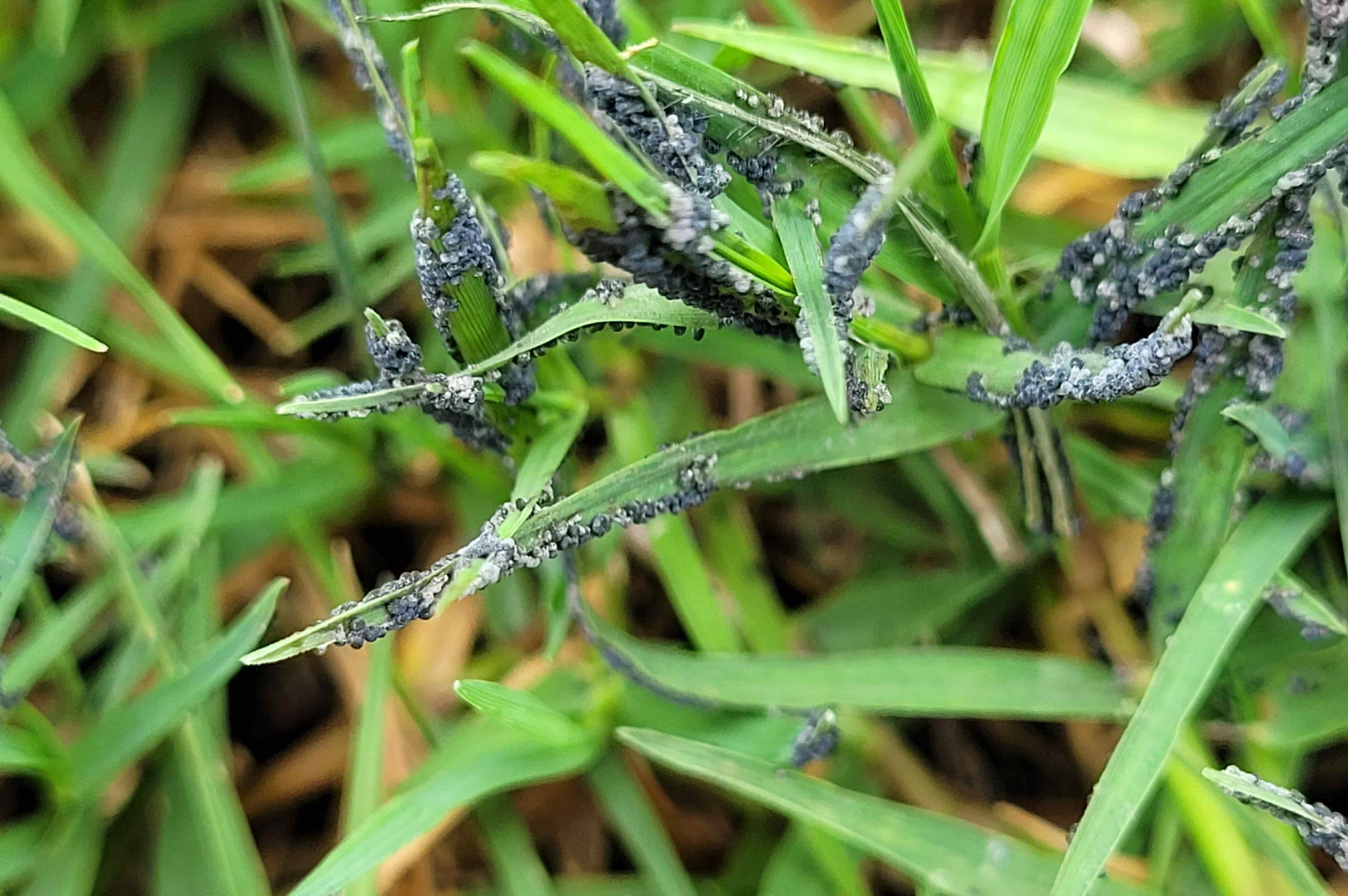
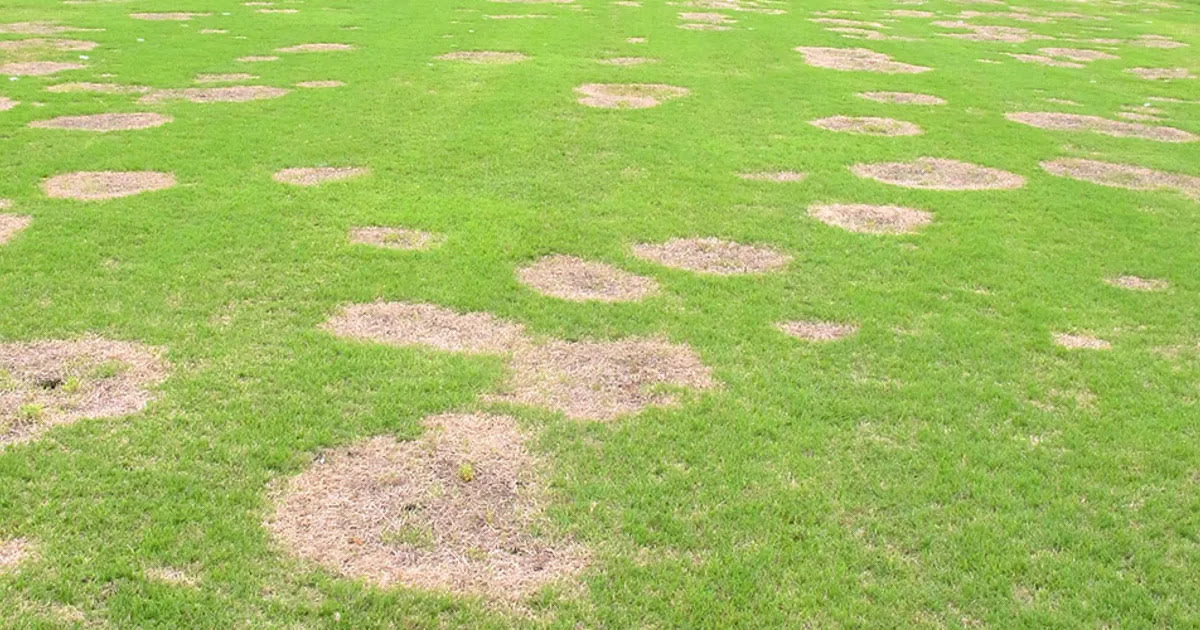
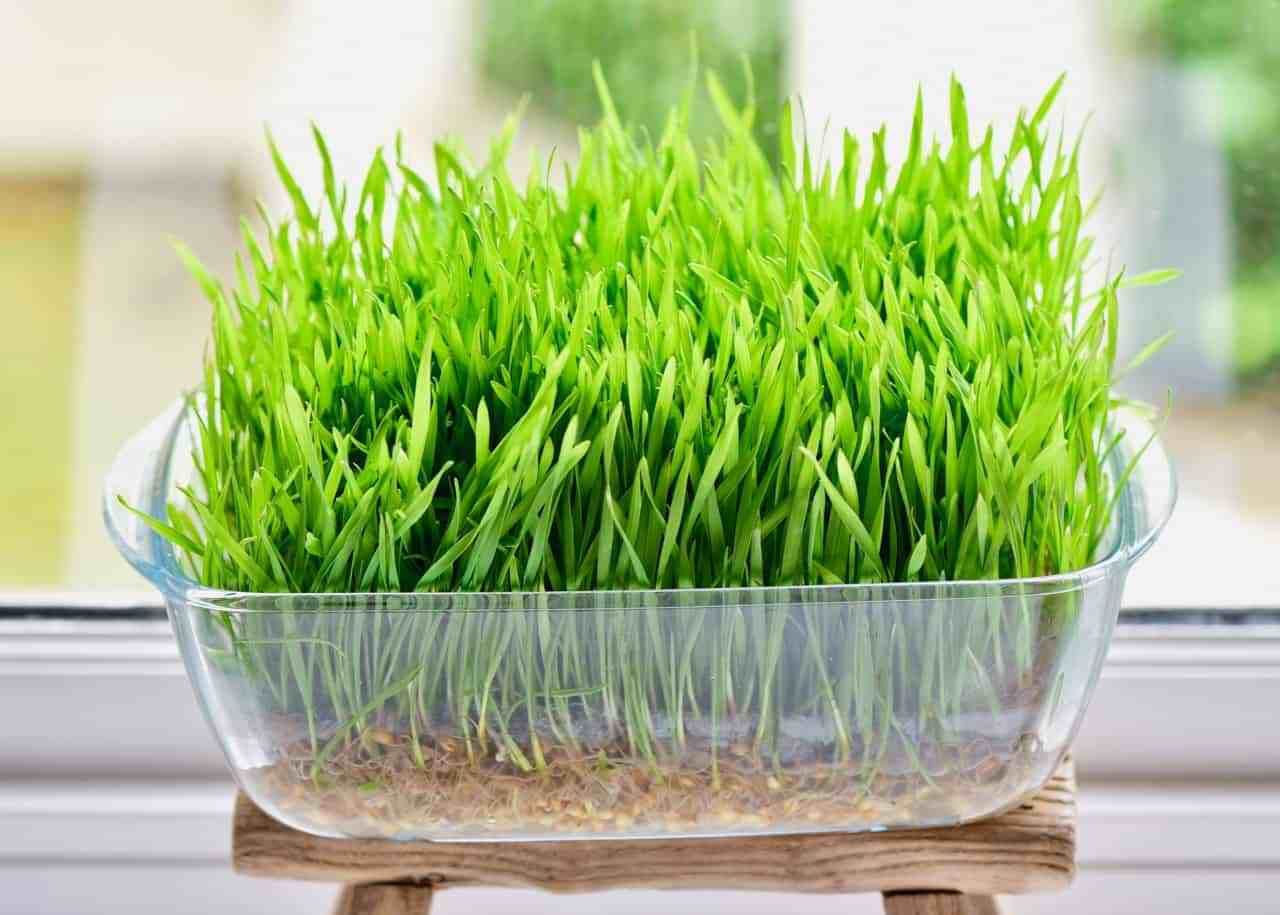
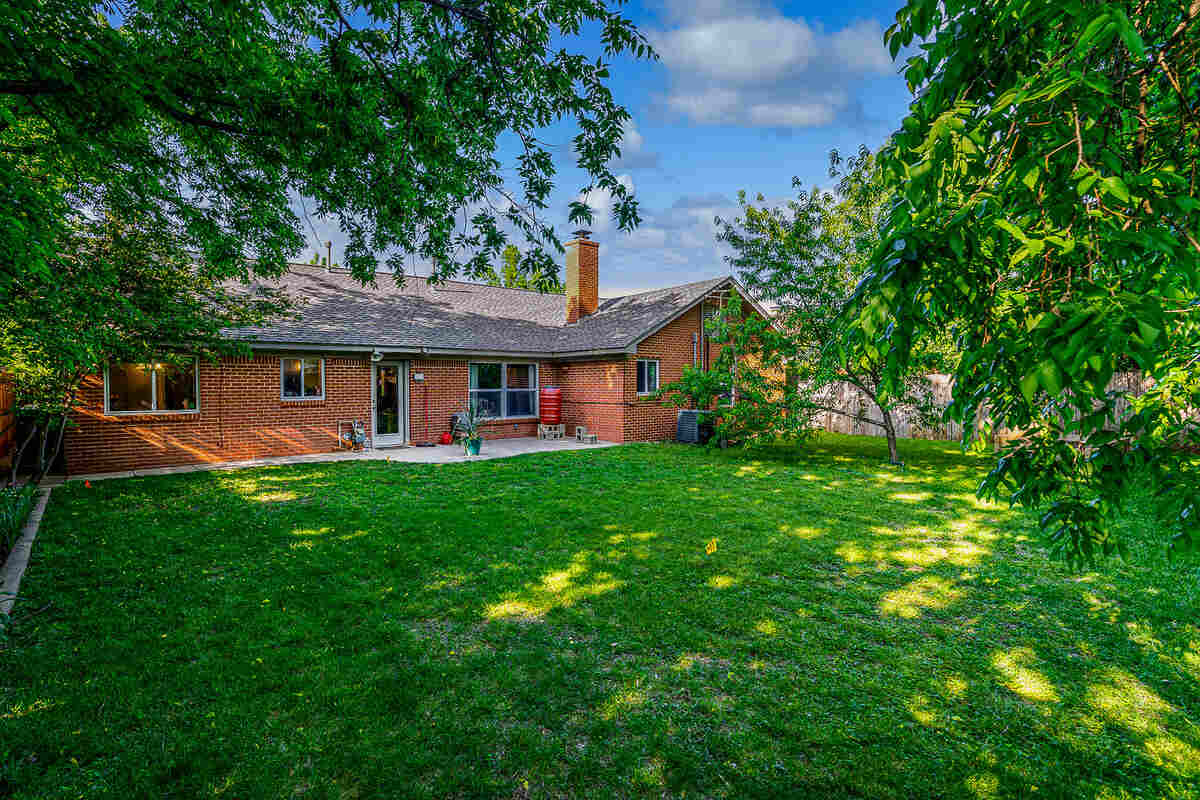
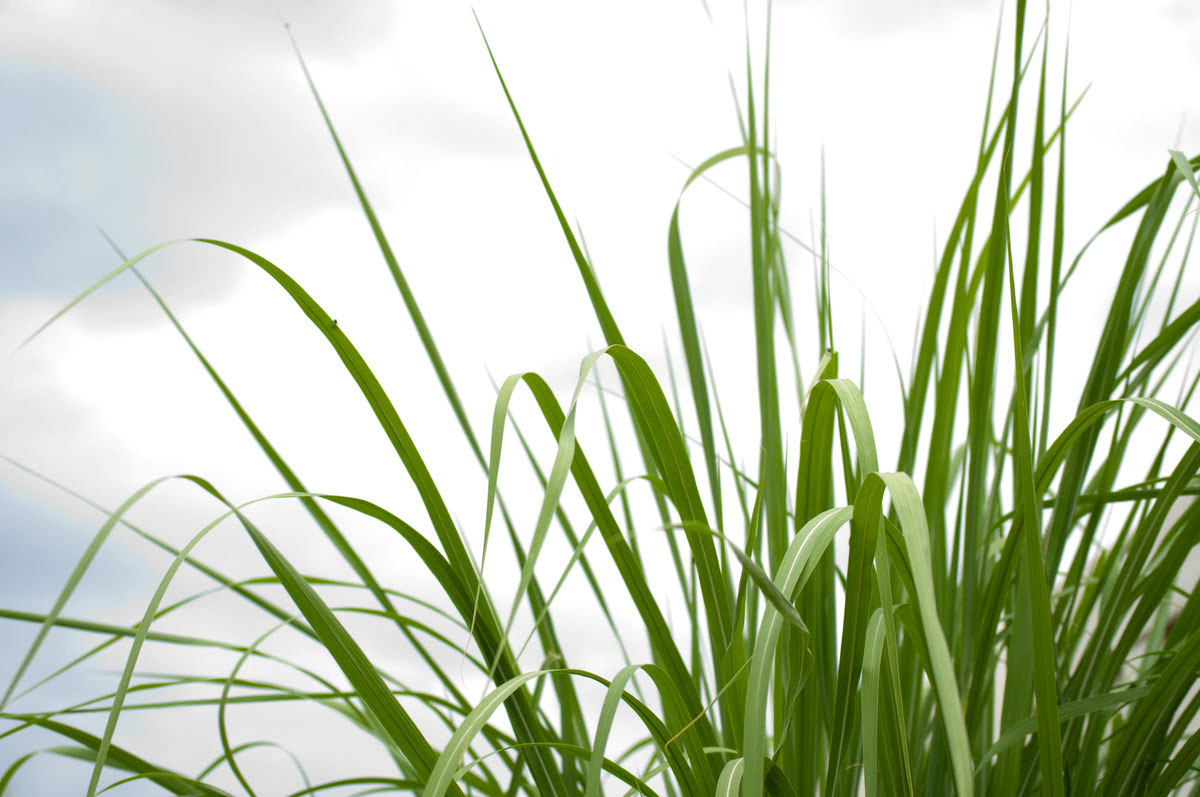
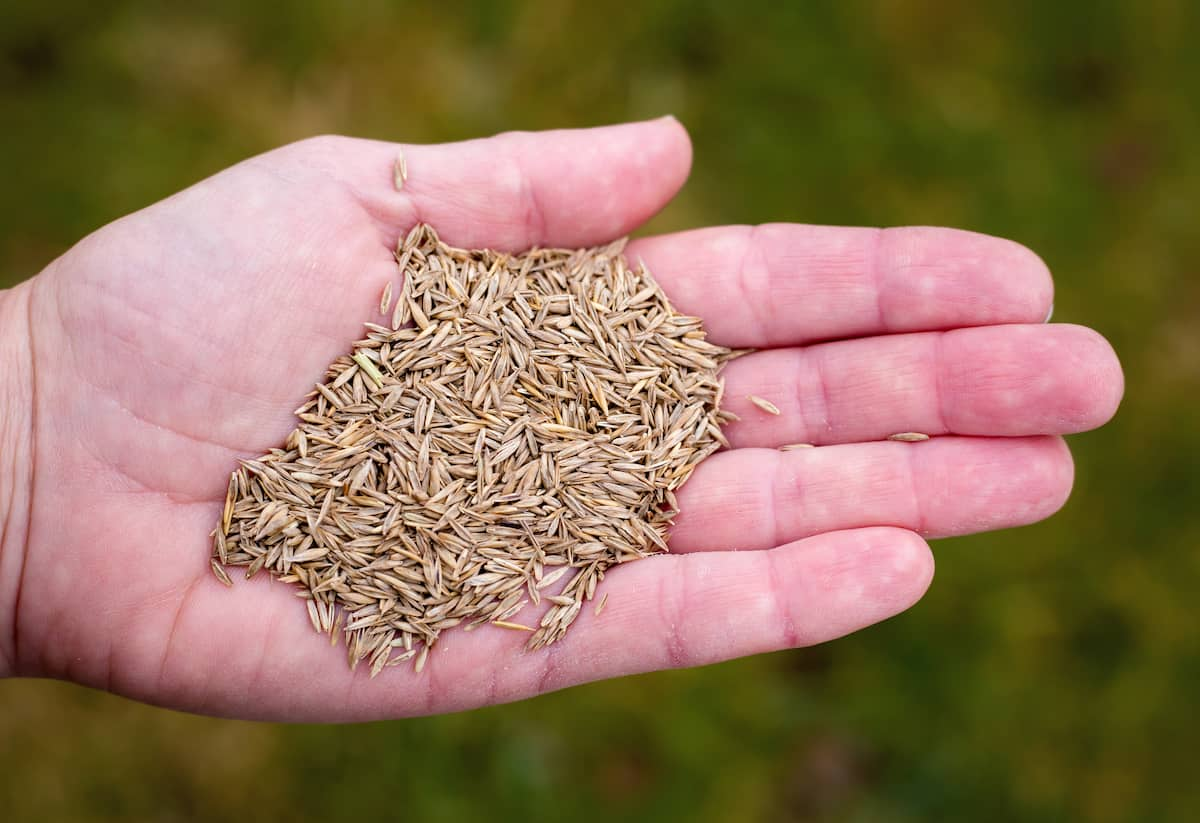
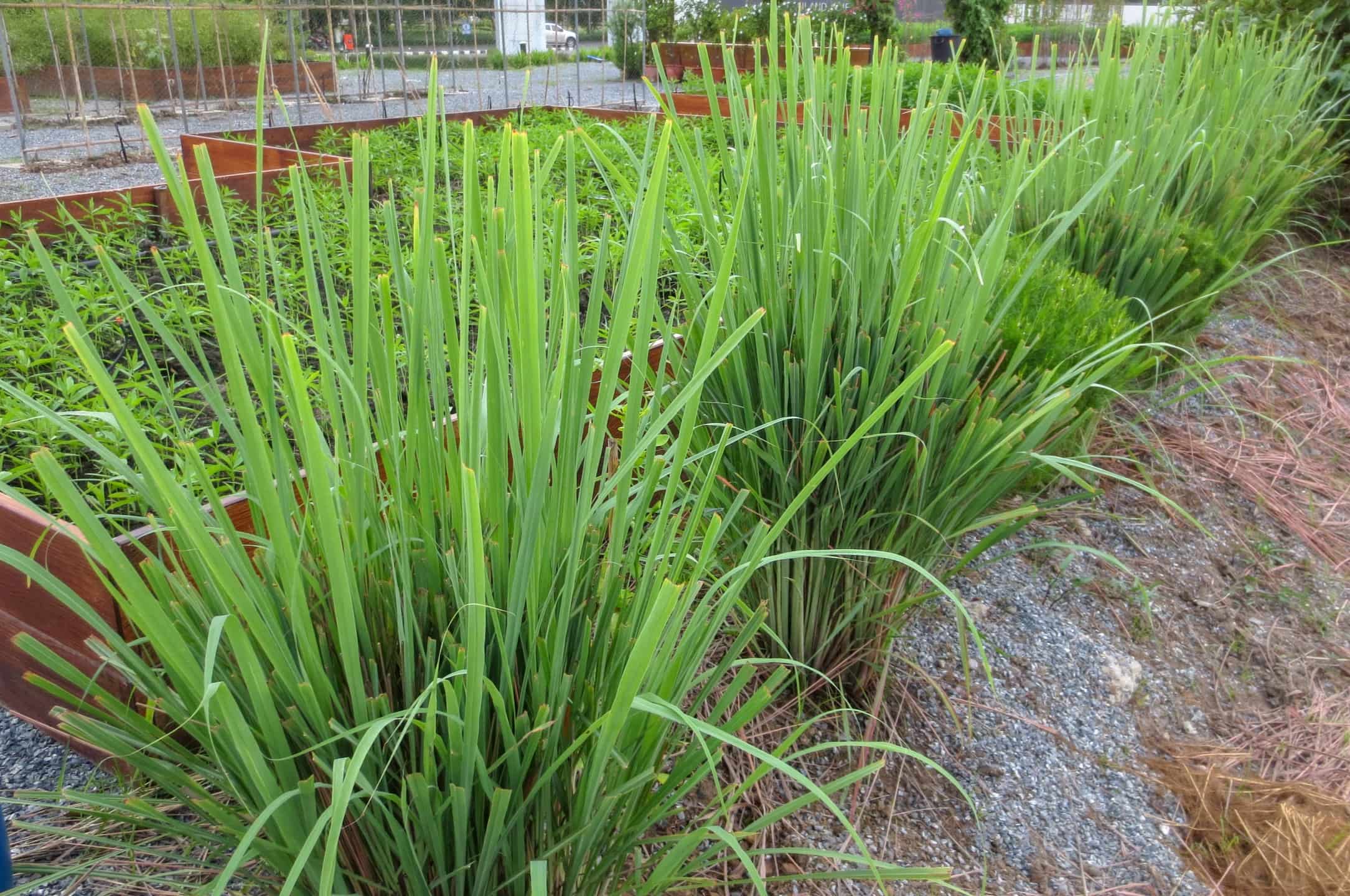

0 thoughts on “How To Grow Grass In Bald Spots”